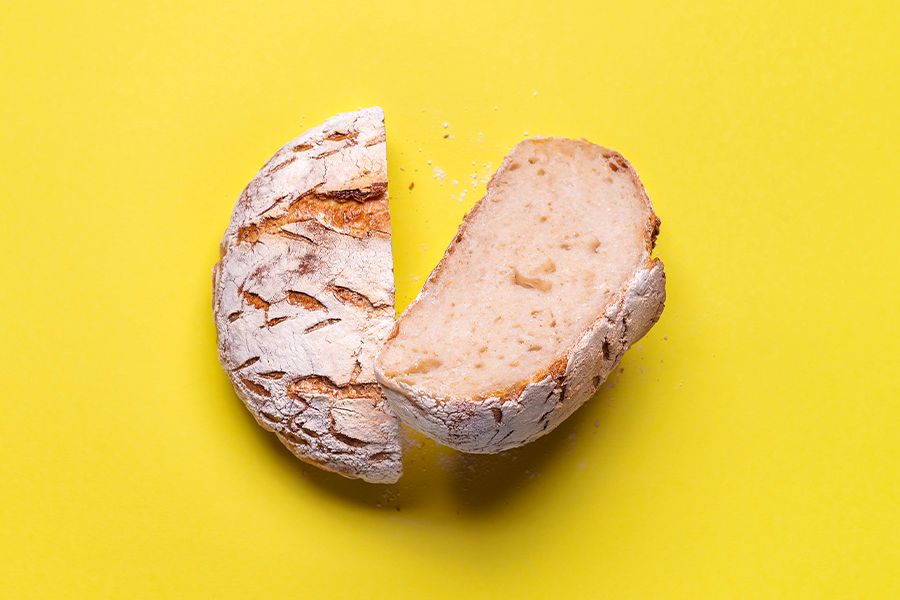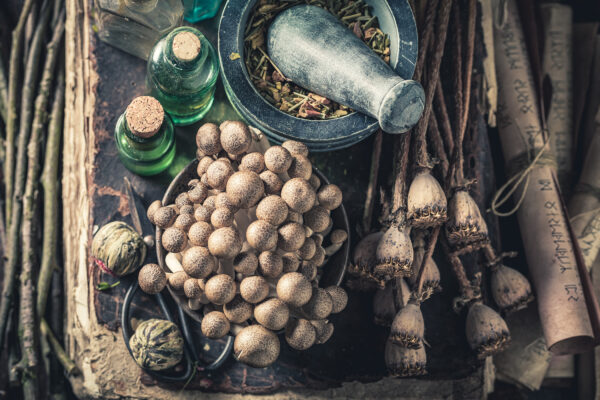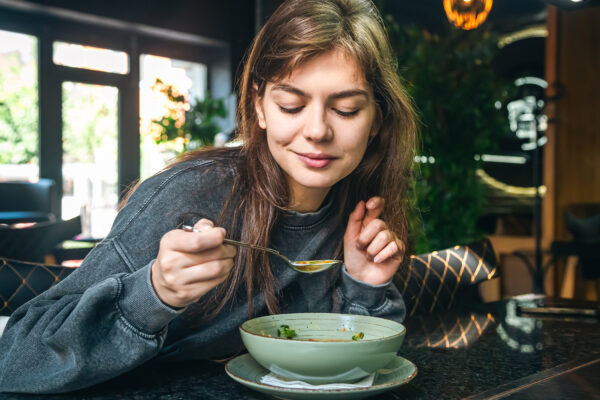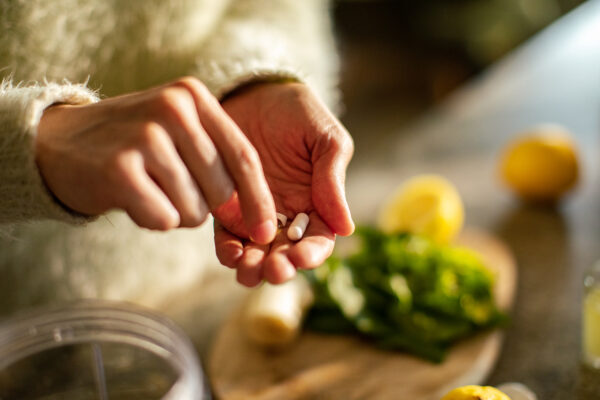Baking Your Own Sourdough Bread
A Social Distancing Trend
By Jamie Bussin and Naomi Bussin
On Episode #134 of THE TONIC Talk Show/Podcast we spoke about the Covid-19 trend of people baking their own breads while in lockdown. Even now, when things are opening up, we’re taking the time to bake ourselves. This is an excerpt of the interview.
Why are we talking about sourdough bread? We’re talking about it because everyone is talking about it. It’s a trend that’s blown up. People are baking at home. People are baking sourdough bread in particular. And there are a number of reasons for that. For one thing, you have to be home in order to bake bread. Not all the time, but there are steps that need to be taken. People are looking for crafty, back to basics, homesteading activities. And there are people home to eat the bread. Also, it’s fun. It’s a tactile experience. In particular, with sourdough, during the early stages of the pandemic there was a shortage of yeast.
Somehow baking bread has become a controversial issue. What’s that about? It’s interesting what people can find to be angry about. Generally, my view is that this is a harmless pastime. It’s a good skill to have. It’s good to eat, because I love bread. I’m a carb lover. But some people have criticized it as being part of the Instagram culture: that people are baking to show it off; that it’s a status symbol. I’ve heard that it’s a bit of Noblesse Oblige; playing around with labour, because you have the money and the time to do so. Like Marie Antoinette on her pretend farm in the Palace du Versailles.
Let’s get into the ins and outs of making sourdough. Before commercial yeast was available, people made bread this way. It’s fermented flour and water. You mix it together and let it sit on the counter. You keep adding more flour and water, throwing some away to keep the balance. Gas bubbles are created in the starter that helps the bread rise. Sourdough has a distinctiveness, a tang that’s delicious. It has great texture, with a soft inside, ideally with holes and there’s a thick crust on the outside. Sourdough is fermented. That makes it more digestible and more healthy than other breads.
Those are good reasons to bake sourdough. If one was inclined to do so, where would they start? You can start right now. All you need is flour, water and time. You create a starter by mixing the flour and water and waiting, and mixing and waiting. Once you have the starter you add more flour and water and mix and stretch and wait and then bake. Of course it’s a little more technical than that if you want to make good bread. There are so many recipes out there.
Can you curate for us? Flour, Water, Salt, Yeast by Ken Forkish: This is one of those fundamental bread baking books. It’s very good. It’s very technical. When I first got it I thought it was very complicated and I couldn’t focus on it. Now that I’ve had more time and energy to work with it, I think it’s a great book if you have the inclination to be technical. The author has a lot of videos on line which I found to be very helpful. We made a bunch of bread from that book including some pizza.
What else would you recommend? Another is Josey Baker Bread by Josey Baker. This is a fun book. It’s less technical. It’s accessible and the bread is still good. Josey Baker has a ton of videos on Instagram, which are very helpful to see what the bread looks like, for example, when he talks about “stretching and folding” the dough. I didn’t understand what that meant until I saw it. He’s a hipster from San Francisco [which is known for the great sourdough bread].
Are there any others? Zachary Golper is from Brooklyn where they’re very into the old time, back to the roots, good bread. Bien Cuit, which means ‘well cooked’ and is the name of his bakery. There’s a lot of variety and different kinds of breads (and not just sourdough) in this book. Once I figured out his technique, it worked very well. I found a video of his online making his 30 hour sourdough.
Do you need any special tools or ingredients to make sourdough bread? You really just need flour, water, your hands and time. But, it’s good to have high quality bread flour. I’ve been buying fresh milled flour from Broadflour (in Liberty Village). You don’t have to use fresh milled flour, but all the books say that it is the best. Different flours like whole wheat or rye make it interesting. A scale is really helpful because a lot of the recipes go by weight – it’s more accurate that way. A thermometer is good to have to measure the temperature of the water. A rattan proofing basket helps the bread rise and a dutch oven can be used as a vessel to bake the bread in for a crispy crackly crust.
What about the discarded or extra starter? This goes to the criticism that it’s wasteful or expensive to make sourdough. But there are a lot of delicious things that you can do with the discard. Every week we’ve been making sourdough pancakes or waffles. We’ve also made sourdough brownies (which were so good that I requested them for my birthday) and sourdough crackers, which were flaky and buttery. So don’t throw out or waste the discard!
Naomi Bussin is a lawyer, mother of three and an accomplished cook. Food is her favourite subject and she reads cookbooks in her spare time.




